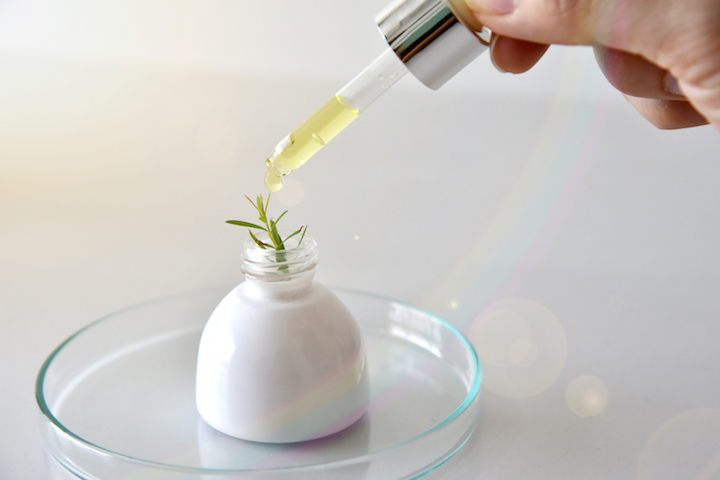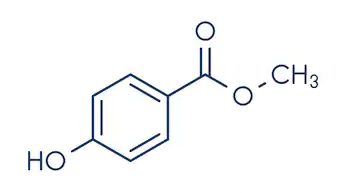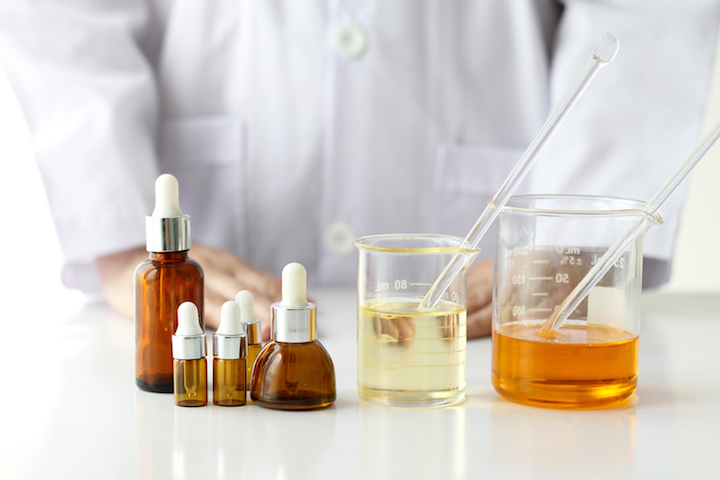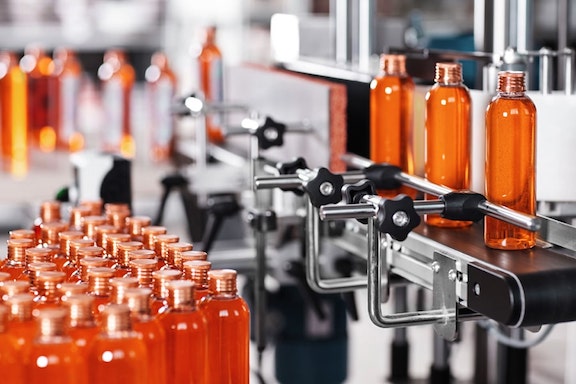Preservatives in skincare seem to get a bad rap these days – they’re chemicals, they’re unhealthy, they’ll cause cancer! But does the science bear it out? What exactly is it that preservatives do and why are they in are skincare? Worse yet, what’s the alternative? We hash it out for you.
There’s a lot of chemophobia and fearmongering in skincare marketing. The perception that “chemicals” are harmful and dangerous has driven the rise of the “clean beauty” category, which seems to thrive on the philosophy that if you can pronounce it, it’s healthy and good, but if you can’t, then it must be toxic and bad. And of all cosmetic ingredients with long, scary-sounding science names, preservatives seem to draw the most suspicion.
Should you really worry about preservatives in skincare?
In my opinion, you should be more worried about skincare that doesn’t contain preservatives.
Why are there preservatives in skincare?
It’s right there in the name. Preservatives preserve the products they’re in. But from what?
From nasty stuff that you don’t want anywhere near your face. Preservatives in skincare are there to prevent the growth of bacteria, yeast, and fungi (mold!!) in the products.

It’s an important job, considering that skincare products tend to present a nice, moist environment in which bacteria and fungi can grow, and are exposed to any bacteria or mold spores in the air or on your hands or tools every time you open a jar or bottle or scoop out any product. Bacterial and fungal contamination can lead to nasty breakouts and reactions. You don’t want these little guys growing in your serums and creams.
Contamination could happen even before you unseal your brand-new product, too. The manufacturing process for just about any skincare product is complex. In a worst-case scenario, contamination could be introduced into the product at some point of the manufacturing process, particularly if the products are being made in facilities or according to protocols that aren’t up to the highest standards of safety and cleanliness. In those cases, your best hope is that the preservatives in the product will kill anything that made its way into the product, before the product makes its way to your face.
Common preservatives
Of all the different types of preservatives available to cosmetics manufacturers, parabens like methylparaben, propylparaben, and butylparaben come under the most fire. Parabens are particularly effective against fungal contamination and some bacterial contamination as well.

There’s a widely circulated fear that parabens are linked to breast cancer. This was caused by a now-disputed study in which parabens were found in breast tumors. The study didn’t conclude any causality and didn’t compare paraben levels in normal, healthy tissue, but flash the C word and panic ensues. However, the FDA does not consider parabens in cosmetics to have an effect on human health. The Cosmetics Ingredient Review deems them safe in products up to 25%. Parabens are typically used in cosmetics in concentrations of 0.01 to 0.3%, a lot less than 25%.
More potent against bacteria though less effective against fungi, meanwhile, are preservatives like DMDM hydantoin, imadozolidinyl urea, and diazolidinyl urea. Other common preservatives you might encounter are isothiazolinone, a broad spectrum preservative that protects against bacteria, yeast, and fungi; and phenoxyethanol, which is generally considered less potentially sensitizing.

Due to the different levels of efficacy individual preservatives have against particular types of contamination, you’ll often find more than one preservative in any given product. Multiple preservatives are generally combined to form more broad spectrum preservative systems.
You may notice that all the preservatives discussed above have those long, scary-sounding science names to them, making them an easy target for “clean beauty” marketing. But know that they are all in common use and have been deemed safe as used in cosmetics.
In some cases, however, certain preservatives, like any other cosmetic ingredient, might cause sensitivity or reactions in some people. Your skin, independent of any EWG scaremongering, might hate parabens or isothiazolinone or phenoxyethanol or anything else in a skincare ingredient list. In the case of preservatives, there are preservative systems that have been found to be less potentially sensitizing, like the combination of 1,2-hexanediol and caprylyl glycol.

On the other side of the coin are the “natural preservatives.” Generally featuring plant extracts with antimicrobial properties, these natural preservative systems can be a good idea in theory. In practice, however, they have a lot of weaknesses, as some K-beauty users discovered during the Benton Contamination Incident of 2014. Natural preservatives are less stable than synthetic preservatives, making the products they preserve less stable as well.
There’s also the question of extract potency. Extracts aren’t standardized across suppliers. Some might be mostly water (or whatever solvent was used in the extraction process) with little of the extracted substance in them. It’s hard to know what you’re getting unless you have direct insight into a cosmetics manufacturer’s supply chain.

The most promising avenue “preservative-free” skincare can take is airless packaging. Airless pumps prevent the products inside from ever being exposed to air, therefore theoretically eliminating the need for antibacterial or antifungal protection. Personally, though, I still don’t think airless pump packaging offers 100% protection. As I mentioned above, contamination can happen at the point of manufacture. And a properly preserved product can stand up to normal everyday use and exposure to air and fingers.
Preservatives in skincare: The bottom line
I’m a fan of preservatives in skincare and have been ever since I started getting serious about skincare and reading up on ingredients. The potential risks of standard preservatives are iffy at best, unsupported by research or regulatory bodies, and typically propagated via misinterpretations of research. Meanwhile, the risks of bacterial growth and mold colonies in my skincare are very real. The choice between unpronounceable substances in an ingredients list and chunks of stringy mystery growth in my serums is clear to me. I’ll take the preservatives I can’t pronounce any day.
What’s your personal stance on preservatives in skincare? Do they freak you out or are you OK with them? Let’s hash it out below!
Loading...